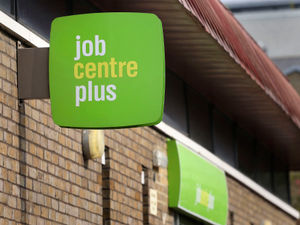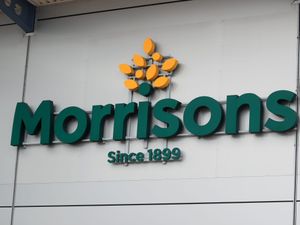Unemployment rises but fewer claiming benefits in the West Midlands
The UK's unemployment rate dropped to its lowest for almost half a decade as more Britons left the labour market completely, according to official figures.

The Office for National Statistics (ONS) said the unemployment rate fell to 3.5 per cent over the three months to August – the lowest since February 1974.
Economists had predicted that the unemployment rate would stay steady at 3.6 per cent, the rate it hit during the previous quarter.
It came after a joint-record rise in the number of people considered "economically inactive" – not in work or searching for work – due to long-term sickness.
Economic activity increased by 0.6 percentage points to 21.7 per cent, driven by people aged between 50 and 64. This meant that both the rate of unemployment and employment declined over the period.
The employment rate decreased by 0.3 percentage points to 75.5 per cent for the quarter. Meanwhile, the number of UK workers on payrolls rose by 69,000 between August and September to 29.7 million, the ONS said.
In the West Midlands the unemployment figure was 139,000 (4.7 per cent of the working population) in the three months to August – up 3,000 on the three months to July. The region's employment figure fell from 2.85 million to 2.83 million.
The West Midlands saw a fall in the numbers claiming unemployment benefits, including Universal Credit last month. The total of 177,405 (4.8 per cent) was down 45 on the previous month.
In the Black Country Sandwell had 30 more claimants at 13,440 (6.6 per cent) with Wolverhampton up 55 to 12,115 (7.4 per cent).





